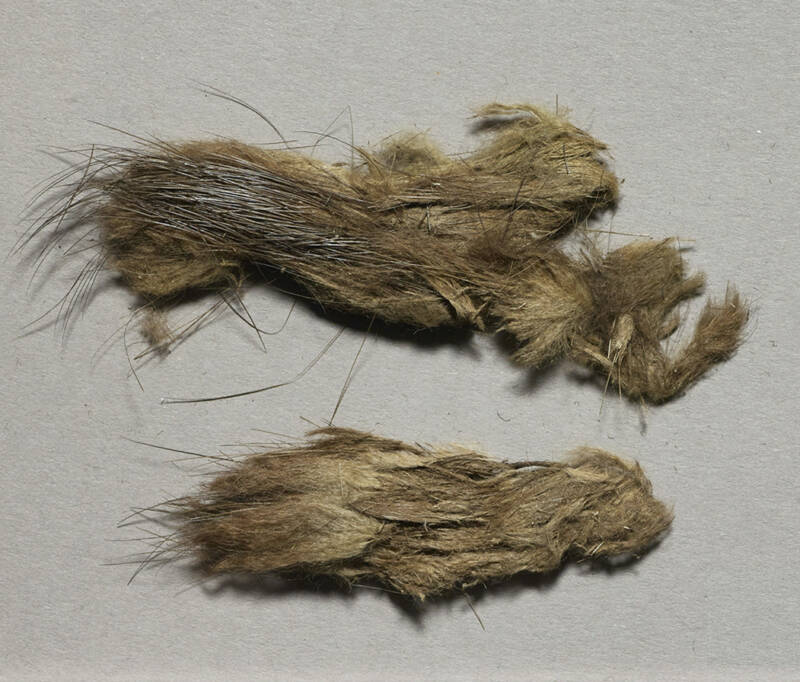Fashionable Viking accessories found in Denmark, Depression-era cash hoard unearthed in New Jersey, giant-headed prehistoric amphibian discovered in Germany.
Researchers Find That Beaver Pelts Were The Ultimate Fashion Accessory For Vikings In 10th-Century Denmark

PLOS OneResearchers analyzed the stunningly intact remains of animal pelts uncovered inside six graves belonging to high-status Vikings who died sometime in the 10th century.
By the time of the Viking age, the beaver had already been extinct in Denmark for some 3,000 years. However, that didn’t stop the extremely fashion-conscious Vikings from going to great lengths to import its pelts as a flashy way to flaunt their status.
New research on several 1,100-year-old pelts unearthed at Viking grave sites in Denmark shows just how prized these furs were. As one researcher said, “Fur would have acted as an example of conspicuous consumption… a recognizable luxury product and visible evidence of high status, which would differentiate the wearer socially and economically.”
Discover the full story behind this enlightening find here.
A Couple In New Jersey Unearthed Depression-Era Cash While Landscaping Their Yard

Suzanne GilsonThe cash was found rolled into tight bundles about the size of a cigar.
Richard and Suzanne Gilson were recently doing some landscaping at their New Jersey home when they suddenly found bundles of cash buried in their yard.
Working with a mini-excavator, Richard Gilson was removing a significant amount of debris from around the couple’s home when he stumbled upon something unexpected. Gilson initially believed he had uprooted weeds that were littered throughout the yard, but upon closer examination, he realized he was actually looking at tightly wound rolls of cash.
Dig deeper in this report.
Researchers Just Discovered An Ancient, Giant-Headed Amphibian That Used Its Sticky Tongue To Catch Prey

Calliesauria, Museum of Natural History Chemnitz 2022/ZengerA 3D render of Chemnitzion richteri, the amphibian believed to have lived nearly 300 million years ago.
Several years ago, paleontologists digging in an ancient petrified forest in Chemnitz, Germany unearthed a strange fossil. The creature was 10 inches long and had a large, flat head, but experts weren’t sure what it was.
Now, they’ve identified the animal as a new species of prehistoric amphibian that they’re calling Chemnitzion richteri. This frog-like creature roamed the forest 300 million years ago, eating insects like centipedes and spiders, though it’s nothing like any animal researchers had ever seen before.
Read on here.





